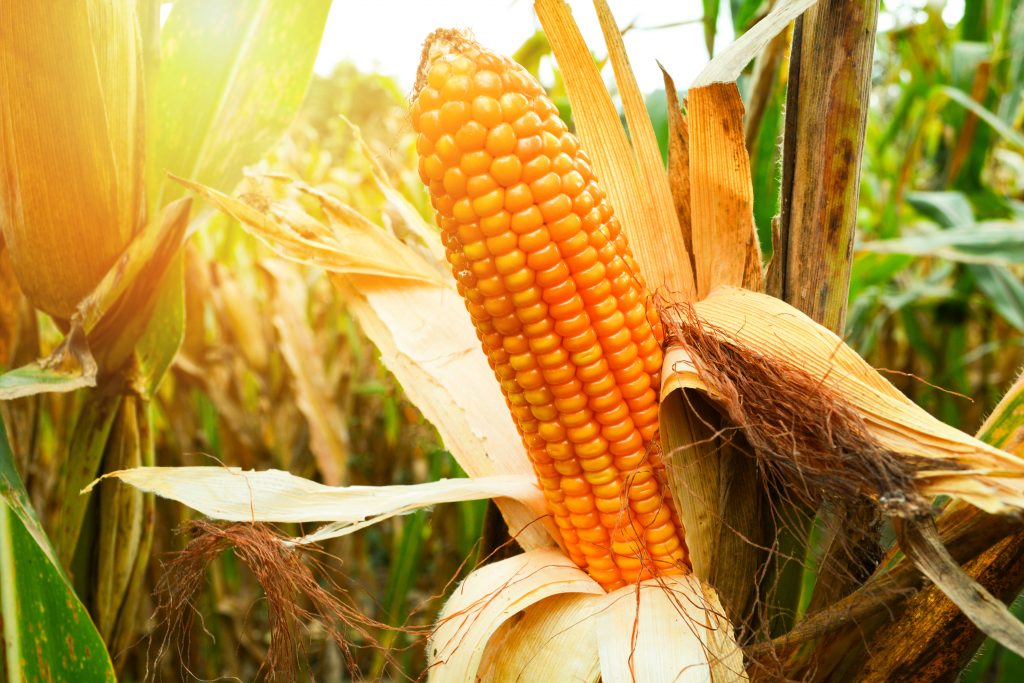10 Tips For Growing Sweet Corn In Your Backyard
Growing and harvesting sweet corn can be very fulfilling. It takes much work and dedication to plant, cultivate, and harvest corn, but it’s worth the effort. After all, you could end up having a nutritious snack, a salad side dish, or utilizing it medicinally every three or four months depending on where you live.
If you have a widely spaced backyard, corn can make a perfect addition to it. And if you want to style it a bit, you can hire a corn maze company like Mazeplay.com and others to have that cornfield that can entice even your neighbors.
Typically, people interested in growing sweet corn are perplexed as to how and where to begin. So, here are some simple tips and instructions to assist you through the process of planting, caring for, and harvesting sweet corn in your garden.
- Plant Seeds At Least Two Weeks After The Last Frost Date
Be informed of the frost dates as they vary on where you live. Sweet corn is frost-sensitive, so make sure that the danger of severe frost is gone before planting the seedlings to be on the safe side.
Southerners are more likely to be able to plant in advance of those in the north. You may start planting sweet corn in your garden once the soil temperature reaches 60 degrees Fahrenheit.
- Have The Most Suitable Area To Plant The Corn
Corn mainly pollinates with the help of the wind. So, you must understand the significance of planting corn in blocks rather than in long rows. This will allow pollen to spread more easily to adjacent stalks.
In deciding where to grow sweet corns, put special consideration on where you will plant them. After all, corn can overshadow common decorative, crop, and native plants. So, if you don’t want your other plants dying on you, plan on where you’ll place your sweet corn.
- Remove Weeds In Your Plot
Weeds can obstruct the growth of your seedlings and deplete the soil’s nutrients that your crops need to grow and develop. Because of that, make sure that the area is entirely free of weeds before you begin spreading the corn seeds. Start by cleaning the entire area and then plucking weeds by the roots to ensure they do not regrow. Any large rocks and pebbles must be removed as well.
- Add Compost And Fertilizer To The Soil
Cover the plot with 2 to 4 inches deep layers of compost. They could contribute nitrogen, phosphorous, and other essential nutrients to the soil. Once you’ve spread the compost, top it off with fertilizers. Fertilizers can help the corn grow faster and provide more nutrients to the soil.
After approximately six weeks, if the corn has begun developing and sprouting tassels, spread another layer of fertilizer into the plants.
- Plant The Seedlings With Accurate Depth and Spaces
You can start sowing seeds as soon as you think the planting area is ready. Corn seeds should be planted 12 inches deep in the soil. Additionally, space each seed around 9 to 12 inches apart. As you plant the seeds, you may use your index finger or thumb to gauge the size of the hole. Then, drop the seedlings into the soil, and spread a thin layer of soil over the seeds to protect them.
- Water Regularly
Just like any other plant, water the seeds once you’re done planting them. Water the soil until it gets dark and damp, but not until the water begins to pool. Be sure to keep the soil moist daily to ensure that your crops will flourish.
- Protect Your Corn Against Earworms
Corns are particularly prone to corn earworms. They can appear in your crops if earworm moths successfully deposit their eggs on your corns’ silks. To help control corn earworm and other pests, spray a homemade anti-earworm solution on your crops.
Mix in one part water and one part vegetable oil. And then add a few drops of dishwashing liquid. Apply this solution to the husks every few weeks to deter the moths from laying eggs and worms from eating and thriving.
- Keep Animals Off Your Backyard
Animals can be attracted to sweet corns, too. Some of them that consume corn include birds, raccoons, and squirrels. If you don’t want to attract these animals to your backyard, it’s a good idea to remove all plant matter that has decomposed or rotted in your garden. You might consider installing electric fences around your growing corn to deter these animals off.
- Determine The Best Time To Harvest
Do you see corn silks on your crops? If your answer is yes, you can test its ripeness through its ears. Check for husks that are firmly curled and green, as well as corn silks that are already dark brown. To do this, pull back a small portion of the husk and puncture a kernel with the tip of your scissor or your fingernail.
Ripeness can be determined if a thick and milky liquid burst out from the kernel. But if it isn’t ripe yet, the liquid will be clear and watery. If you punctured a kernel and found out it isn’t ripe yet, be sure to pull the husk back up so it envelops the cob again. Leaving the husk pulled down will only invite pests to ravage the corn.
- Hand-Snap Its Ear Upon Harvesting
When the corn is harvest-ready, grasp its ear with your hand, snapping it off. To begin, hold the stalk with one hand and use your other hand to swiftly and forcefully snap the ear from its base. After that, pull and twist the corn away from its stalk.
Final Thoughts
It’s relatively simple to produce sweet corn. All you must do is keep an eye on it, water it frequently, remove any noticeable weeds, and keep animals away from it. If you’re ready to put in the additional effort required to produce sweet corn, the pleasures of having freshly grown corn await!




